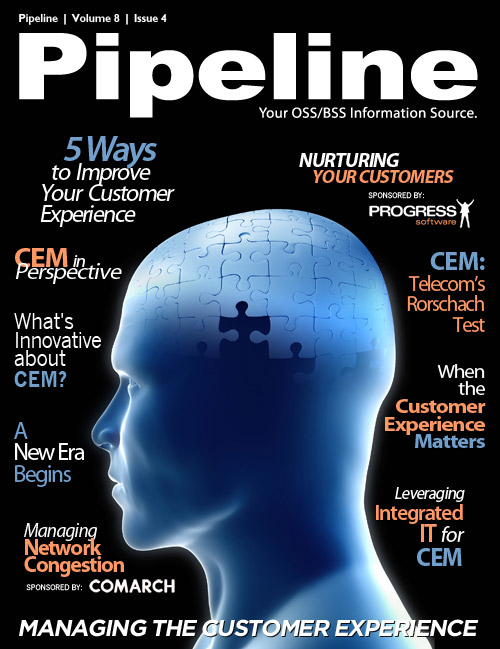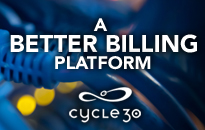AT&T Introducing Two LTE Devices: Will LaTEcomer Status Hurt Them?
AT&T is bringing two Long-Term Evolution (LTE) devices to market beginning August 21. But, where is the network?
The AT&T USBConnect Momentum 4G and the AT&T Mobile Hotspot Elevate 4G hit stores Sunday.
The Momentum is a laptop dongle, which will sell for $49.99 with two-year contract. The Elevate is a portable LTE hotspot, through which AT&T customers will be able to connect up to five wifi devices to AT&T’s (as yet non-existent) LTE network, as well as its HSPA+ network. Additionally, the AT&T USBConnect Adrenaline, which is already on the market, can be updated to LTE functionality on the company’s website starting August 26.
Momentum and Elevate users will be eligible for 5GB data plans for $50 plus $10 for each additional gig which, AT&T says, is the same amount many of their 3G customers already pay.
AT&T--the second largest U.S. mobile carrier behind Verizon Wireless--plans to rollout LTE coverage in Chicago, Atlanta, Dallas, Houston and San Antonio by summer’s end. They expect to expand coverage into ten more cities by yearend and project 70 million U.S. LTE customers by the beginning of 2012. AT&T, a latecomer to 4G relative to Verizon Wireless and Sprint (S :NYSE), delayed LTE deployment, instead focusing on upgrading its HSPA+ network.
The company asserts that HSPA+ with enhanced backhaul enables 4G speeds, affording consistently fast mobile broadband speed when moving into and out of 4G LTE coverage. However, a PCWorld performance test conducted back in March found laptop modems on AT&T’s network achieved an average download speed of 2.5mbps, compared to 6.5mbps on Verizon’s LTE network. As impressive as that number appears, it will degrade as more traffic connects to Verizon’s network.
Having deployed LTE last year, Verizon got to the market first, but are they bringing the most?
As of July 21, Verizon offered LTE to 160 million people in 102 markets, and it expects to provide service to 185 million customers in 175 markets by year’s end. They plan to convert their entire U.S. mobile footprint to LTE by the end of 2013. Until then, Verizon markets without LTE coverage will continue to experience 3G speeds slower than AT&T’s; that same PCWorld test found that smartphones on Verizon’s 3G CDMA network had an average download speed of 1.01mbps versus 1.45mbps on AT&T’s HSPA+ network.
Sprint, the third largest U.S. mobile service provider, was delivering Wimax 4G to 120 million people in 71 U.S. markets at the end of 2010. Coverage is projected to increase to 130 million by the end of 2011. Sprint has considered supplementing its Wimax service with LTE, but its 4G future is unclear in the face of uncertainty at partner Clearwire (CLWR :NASDAQ), and WiMAX 2 might not rollout until 2013.
Pending regulatory approval, AT&T expects to close on its $39 billion acquisition of Deutsche Telekom's T-Mobile USA sometime next March. Upon completion of the deal, AT&T will be able to deliver 4G to 97% of the U.S. population and will supplant Verizon as the country’s largest mobile phone company.
AT&T may be the tortoise in the LTE race, but its HSPA+ upgrade has allowed it to remain competitive throughout its 4G deployment, and AT&T is poised to become a real monster in the space, if and when the T-Mobile deal closes.











